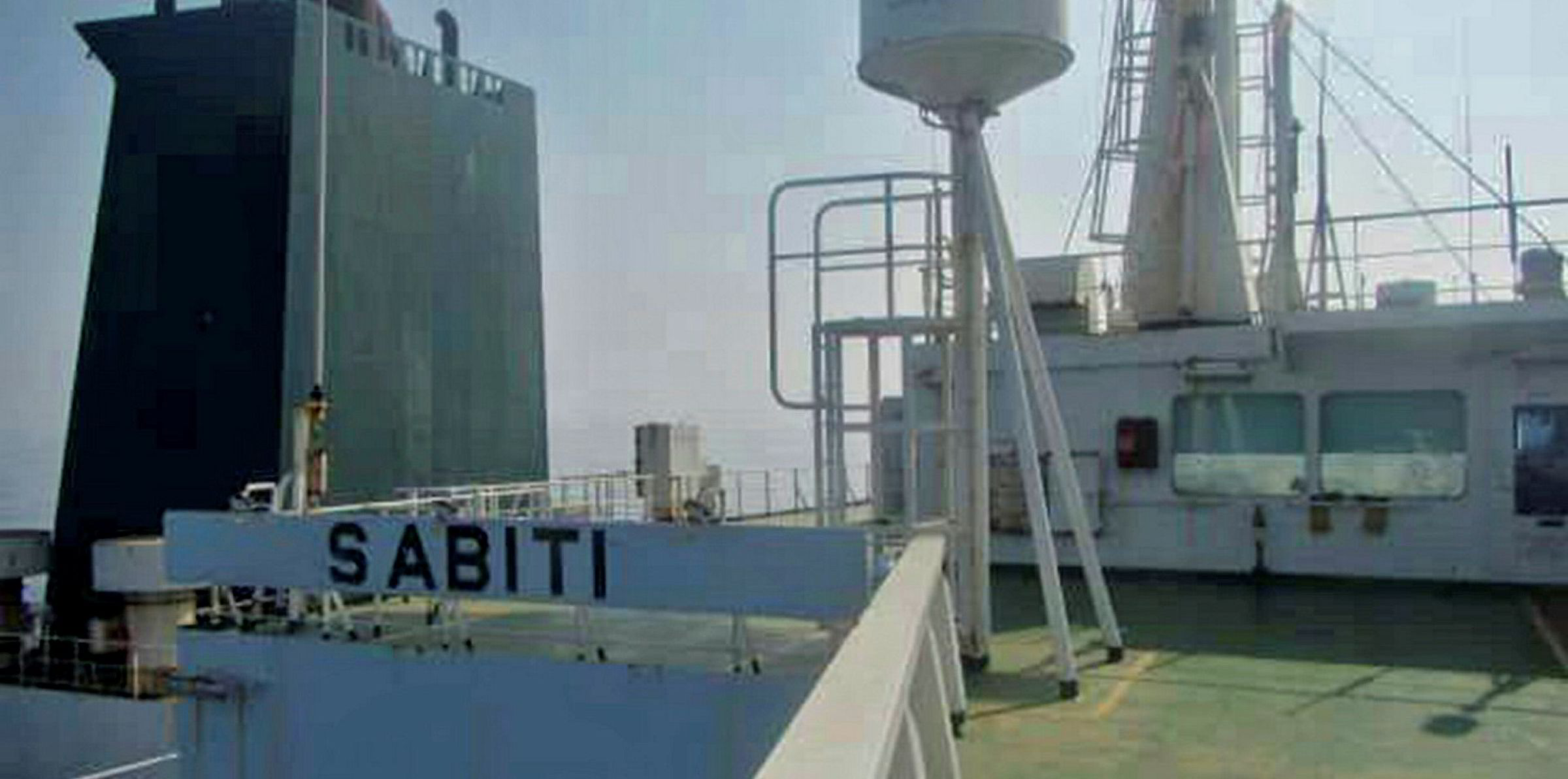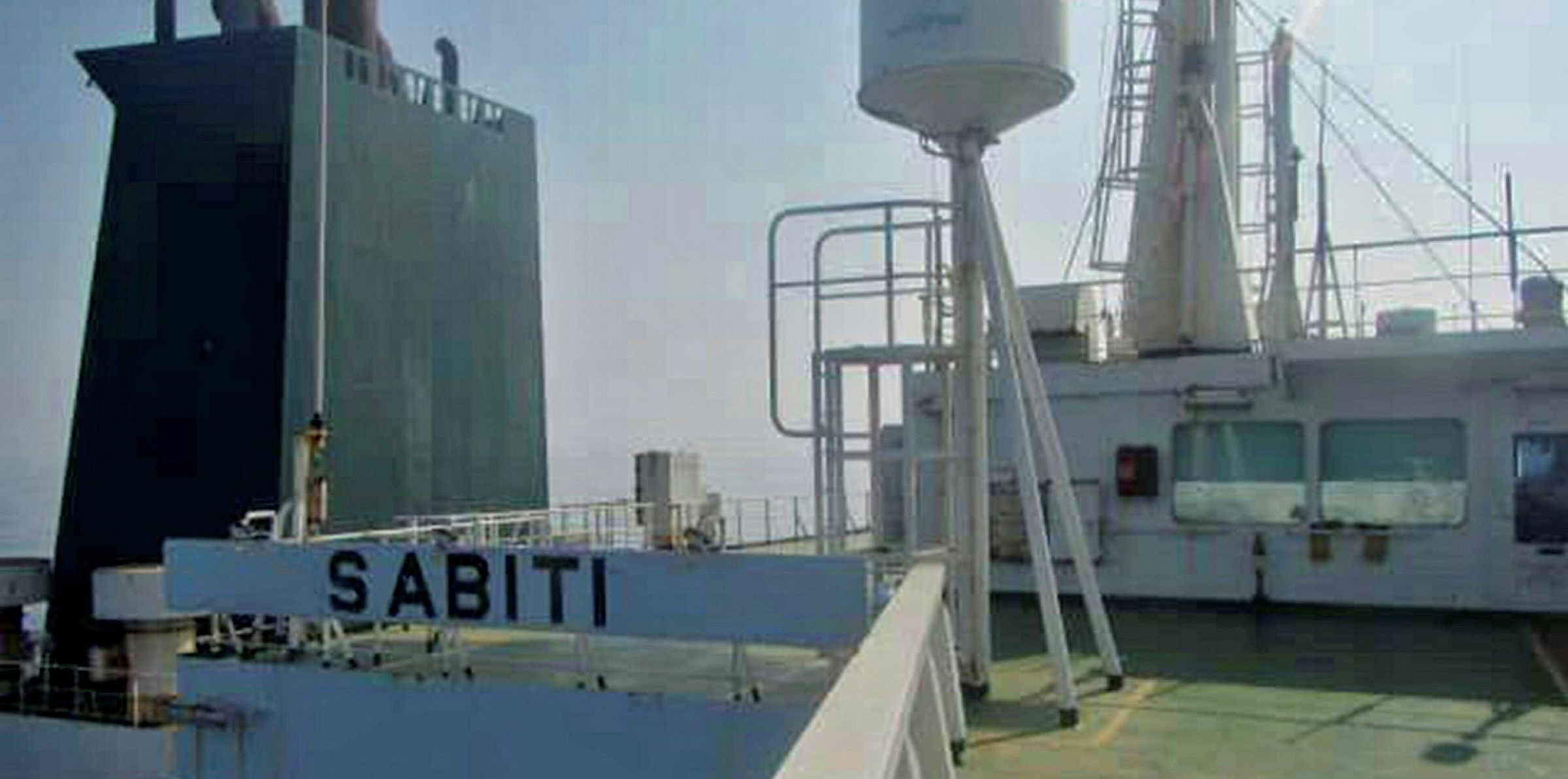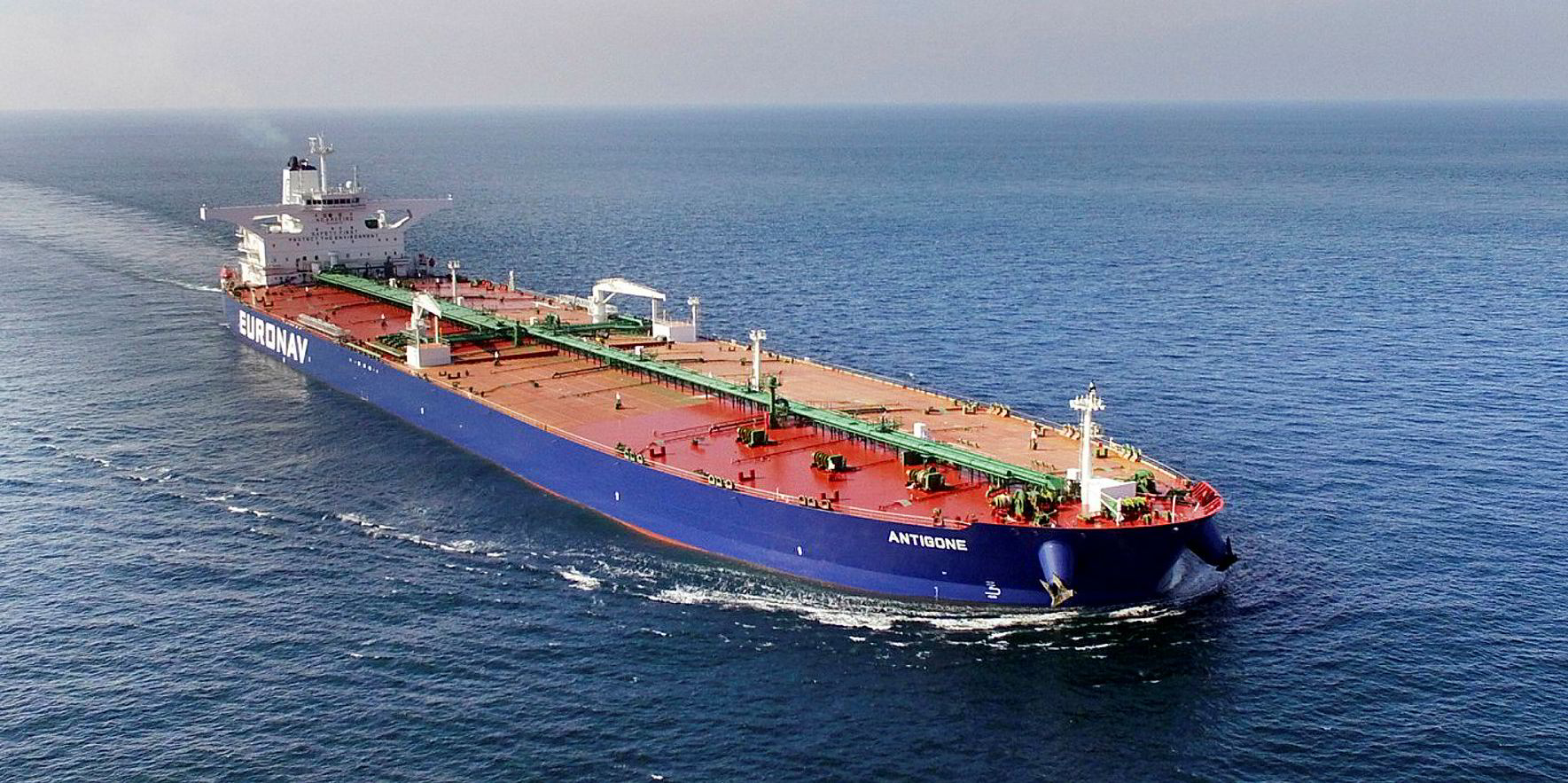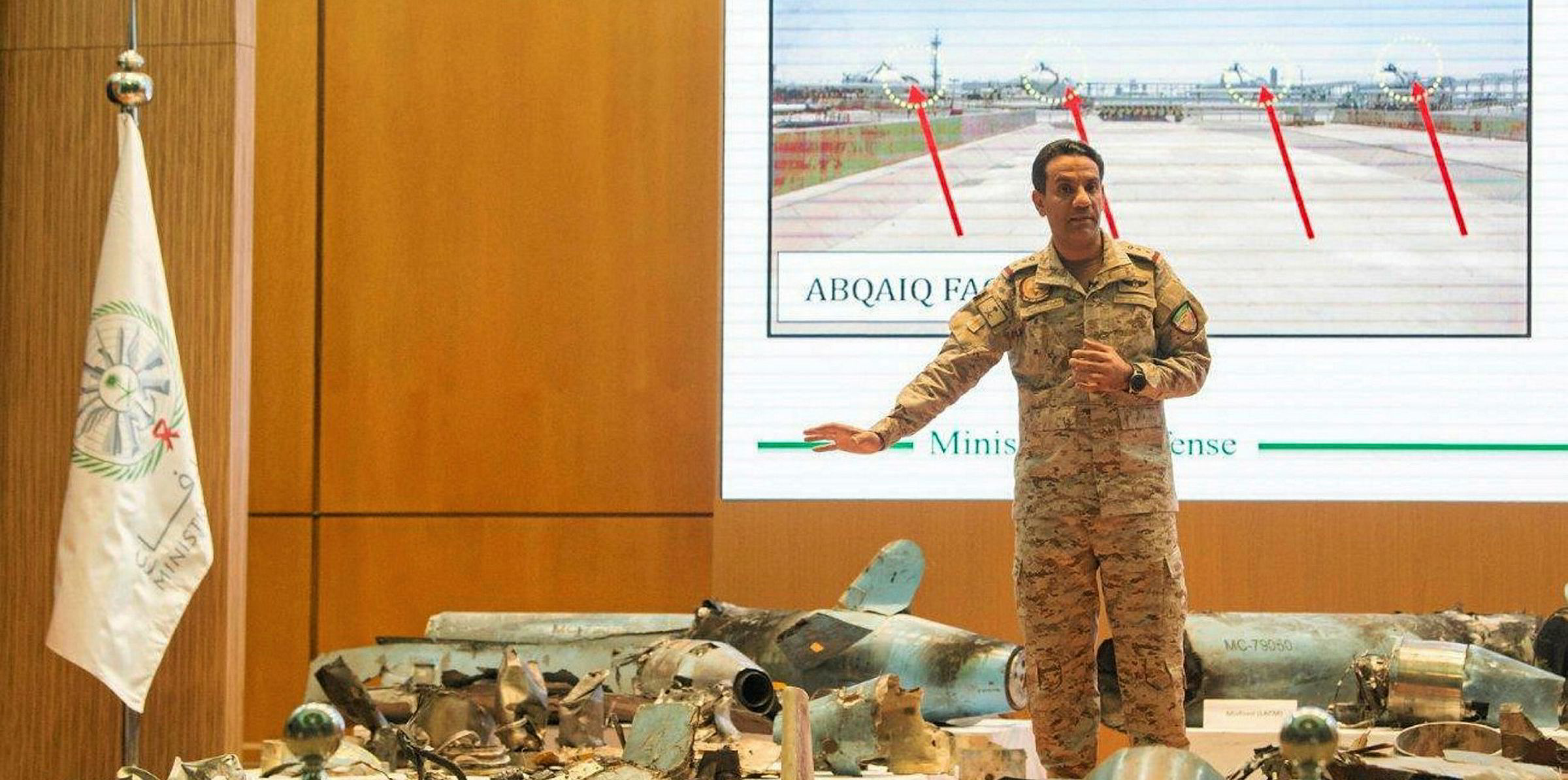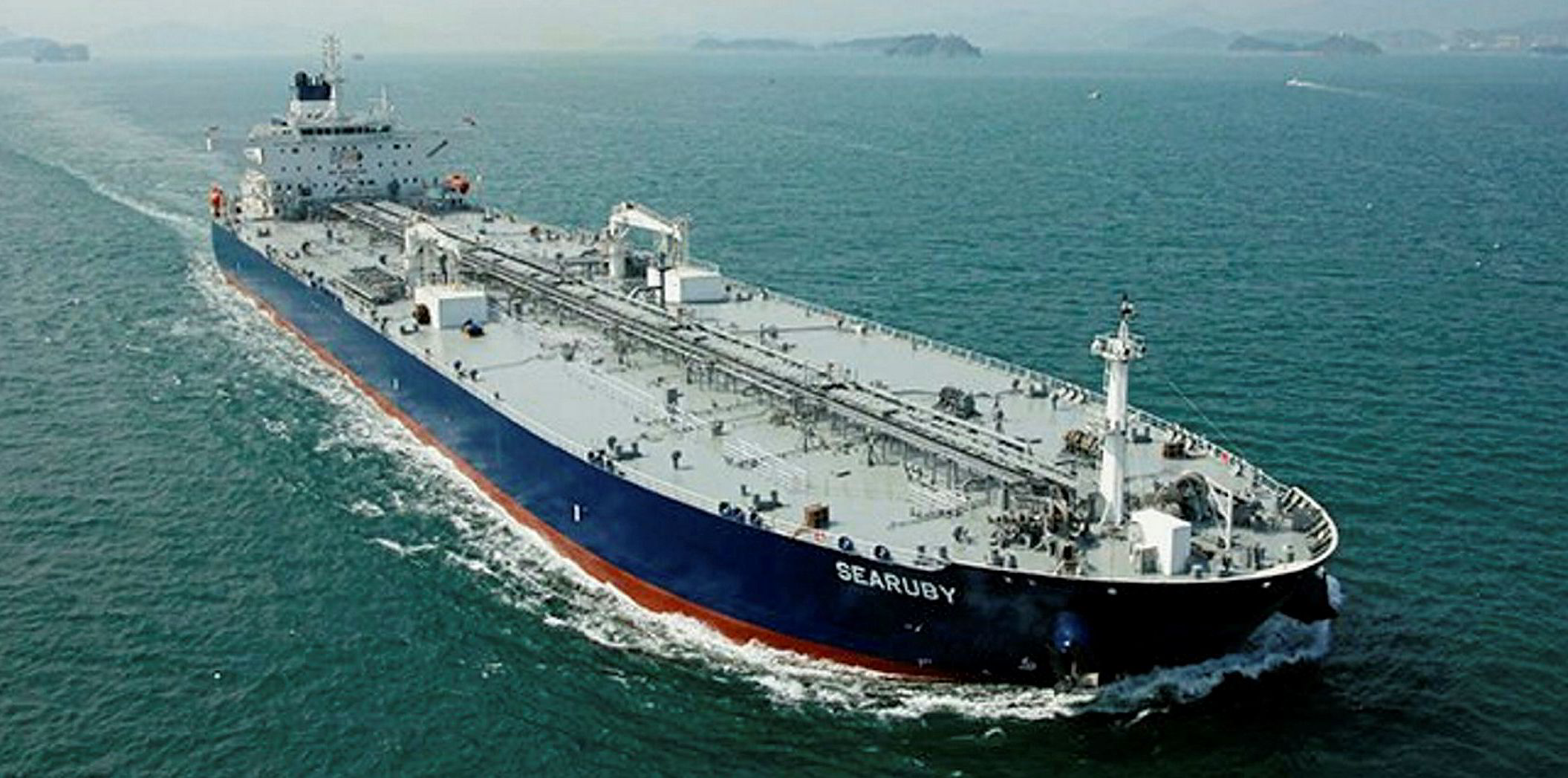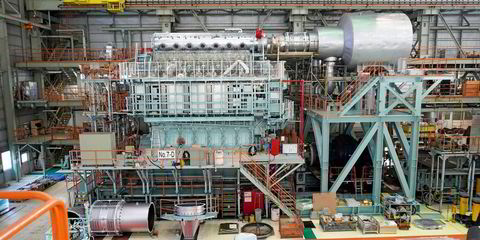Iranian retaliation is seen as inevitable following the attack on an National Iranian Tanker Co (NITC) suezmax off Saudi Arabia, with war risk insurance costs set to spike.
China, the major Iranian crude buyer, urged restraint after reported missile strikes off Jeddah on Friday left the 160,000-dwt Sabiti (built 1999) damaged and leaking oil into the Red Sea.
NITC officials initially said the strikes likely came from the direction of Saudi Arabia, but they later withdrew this claim.
Lawyer Stephen Askins, a partner at Tatham & Co, told TradeWinds that it was interesting the incident happened so near to Saudi Arabia, which will "no doubt be exposed to the pollution."
He added that Iran "will undoubtedly seek to react and retaliate. Although this could be seen as a retaliation for the original Iranian attacks. Won’t do much to calm tensions in the region though."
Security consultancy Dryad Global said: "It is likely that Iran will wish to respond to this event. Therefore the threat to Saudi-flagged vessels within the Strait of Hormuz is assessed as being high."
It added: "At his time the risk to non-Saudi-flagged vessels is unclear; however vessels of states aligned with the US Sentinel operation are assessed to be at heightened risk without specific threat.
"Vessels should remain proactive in ensuring their security and should engage thoroughly with local security and/or naval forces should this be required. In addition, when transiting geo-politically sensitive waters, it is vital that geo-positioning is confirmed through failsafe methods to avoid any potential incident as a result of falsified GPS."
The UK War Risk Club told TradeWinds it was awaiting firm evidence of the cause of the explosions before responding.
Helima Croft, chief commodities strategist at RBC Capital Markets, told Bloomberg: “The market has been entirely too complacent given that we are one security incident away from a war.”

Iranian response
Iran's foreign ministry spokesman Abbas Mousavi did not explicitly threaten retaliation against any specific actor, however.
He told state TV: "Those behind the attack are responsible for the consequences of this dangerous adventure, including the dangerous environmental pollution caused."
He added the government is investigating.
Shift in the narrative
The attack marks a big potential change in the narrative of recent events in the Middle East Gulf, in which Iran has been seen as the aggressor, being blamed for mine or missile strikes against six overseas tankers in two separate incidents, and the drone attack on Saudi oil facilities in September that was claimed by Yemen's Houthi rebels.
Add in the summer saga involving the tit-for-tat arrests of Grace 1 and Stena Impero in a sanctions row involving Iran, the UK, the US, Syria and the EU, and the potential implications are complicated and far-reaching.
All sides have stressed they want to avoid conflict, however.
May 10: US warns of potential Iranian attacks on ships in the Gulf
May 12: Four tankers suffer explosions just outside Strait of Hormuz, blamed on Iran
June 13: Two more tankers attacked south of Hormuz
June 20: Iran shoots down an unmanned US drone
July 4: UK forces seize Iranian VLCC Grace 1 in Gibraltar
July 10: UK thwarts Iranian approach to BP tanker in Gulf
July 19: Iran seizes Stena Impero tanker
August 15: Gibraltar releases Grace 1
September 14: Houthis claim responsibility drone attacks on Saudi Aramco oil plants
September 27: Iran releases Stena Impero
The US Navy's Fifth Fleet, which operates in the region, said it was aware of media reports about the tanker, but did not have any further information.
A Chinese foreign ministry spokesman said the government hoped all parties would work to uphold peace and stability in the region.
Saudi Arabia has not responded.
Riskier business
Oil prices jumped above $60 per barrel in London following Friday's attack.
Ashok Sharma, managing director of shipbroker BRS Baxi in Singapore, told local media: "War risk insurance premiums for the Red Sea will now likely go up significantly, as will likely the freight rates."
Tanker rates are already at multi-year highs following the placing of US sanctions on companies controlled by Chinese state shipping giant Cosco.
“The explosion points to potential geopolitical risks, and that has once again surprised the market,” said South Korea's HI Investment & Futures Corp commodities analyst Will Sungchil Yun in a Bloomberg report.
The NITC tanker attack came a day after Iran's foreign minister Mohammad Javad Zarif wrote a column for the Financial Times in which he said the region had arrived at a significant moment — and set out how peace could be achieved.
"We are witnessing an escalation in tensions and insecurity, threatening to spiral out of control and result in untold tragedies," he wrote.
"The four-and-a-half-year war on Yemen has brought the region to the brink of disaster and resulted in measures against Saudi Aramco’s facilities."
Cooperation urged
"For too long now there has been mistrust, acrimony and conflict in the community around the Strait of Hormuz. For too long, states have armed themselves, and invaded, bombed or embargoed each other. For too long, foreign forces have come to our region to project their power, not to protect our people," he said.
Zarif argued that all sides needed to commit to respecting each other’s sovereignty and territorial integrity.
"We should categorically reject any threat or use of force or participation in coalitions against each other," he added.
The minister also proposed setting up meetings of experts, think-tanks, the private sector, senior officials, other ministers and heads of state to "deliberate on common objectives".
The aim is to sign what he called a Hormuz Community Non-Intervention and Non-Aggression Pact.
Deteriorating relations
Dryad said the incident is highly likely to be part of the wider narrative of deteriorating relations between Saudi and the US and Iran.
"Further still this incident would present a further and more dangerous escalation in a series of events that have already seen attacks in the Strait of Hormuz earlier this year (albeit targeting non-Iranian flagged vessels), and the recent drone attack on Saudi oil infrastructure, which has been attributed to either Iran itself or their Yemeni proxies, the Houthis," the consultancy firm added.
Dryad said a plausible conclusion was that Saudi Arabia was involved, "or at the very least, the incident is intended to create the perception of Saudi involvement".
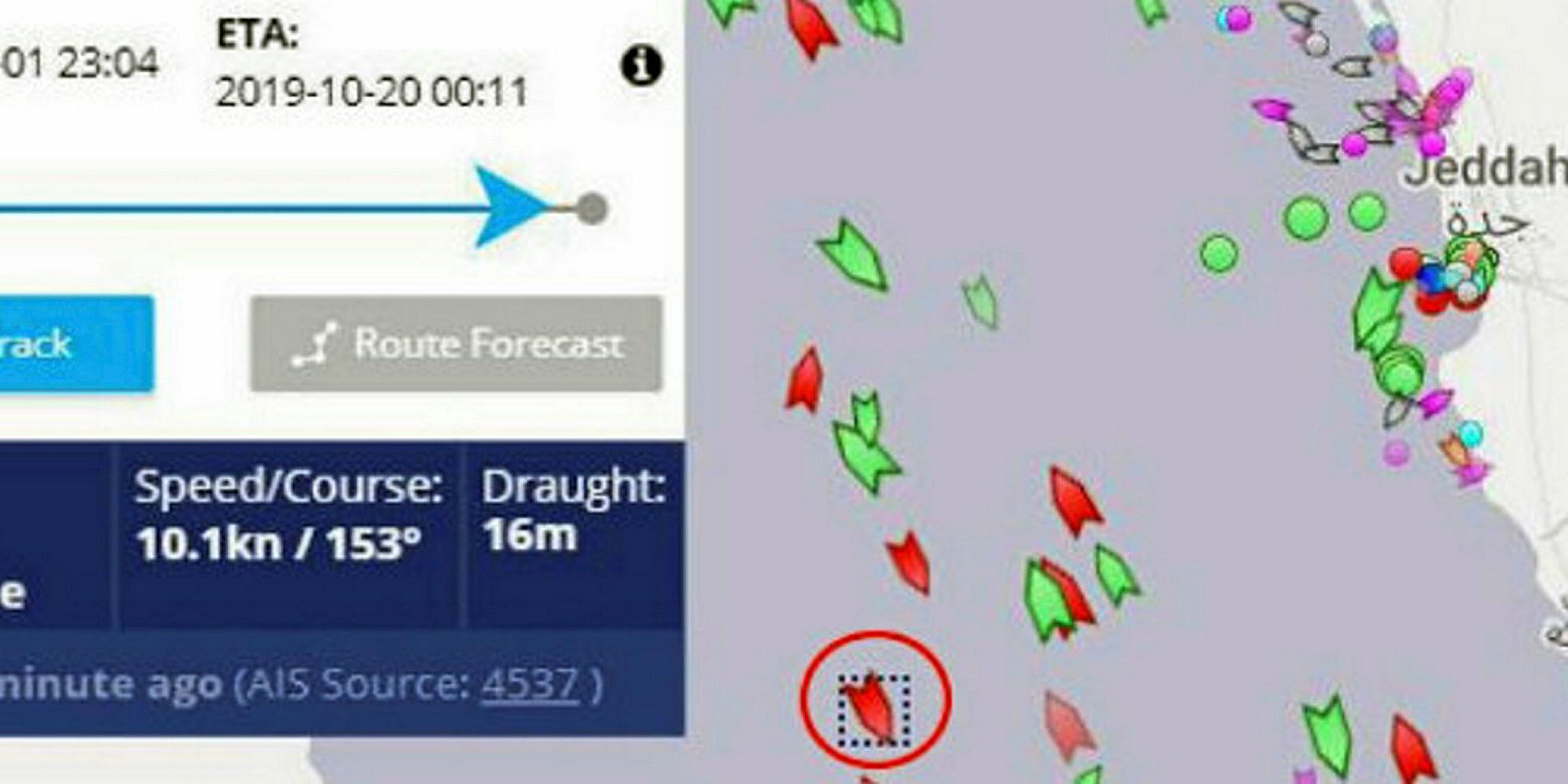
"In terms of Saudi interests within the region, it remains unclear why Saudi would seek to target Iran in this manner," the company added.
"An attack of relatively low sophistication with limited and almost negligible strategic gain would be highly irregular and not serve any Saudi strategic narrative. Further still it is highly unlikely that the Saudis would risk an ecological disaster in an area of strategic significance such as the Red Sea."
Dryad theorised that were Iran to have been responsible for this incident itself, it would represent "a geopolitical encirclement of Saudi interests, which are now compromised to the North by Iraq, to the East by attacks on its oil infrastructure and within the Strait of Hormuz, to the South by Houthi rebels and now to the West by a seemingly new incident in the Southern Red Sea."
The firm added that the incident may have been designed to raise the threat threshold in the Southern Red Sea and to draw US coalition assets beyond the confines of the Persian Gulf and stretch their already limited effectiveness.
